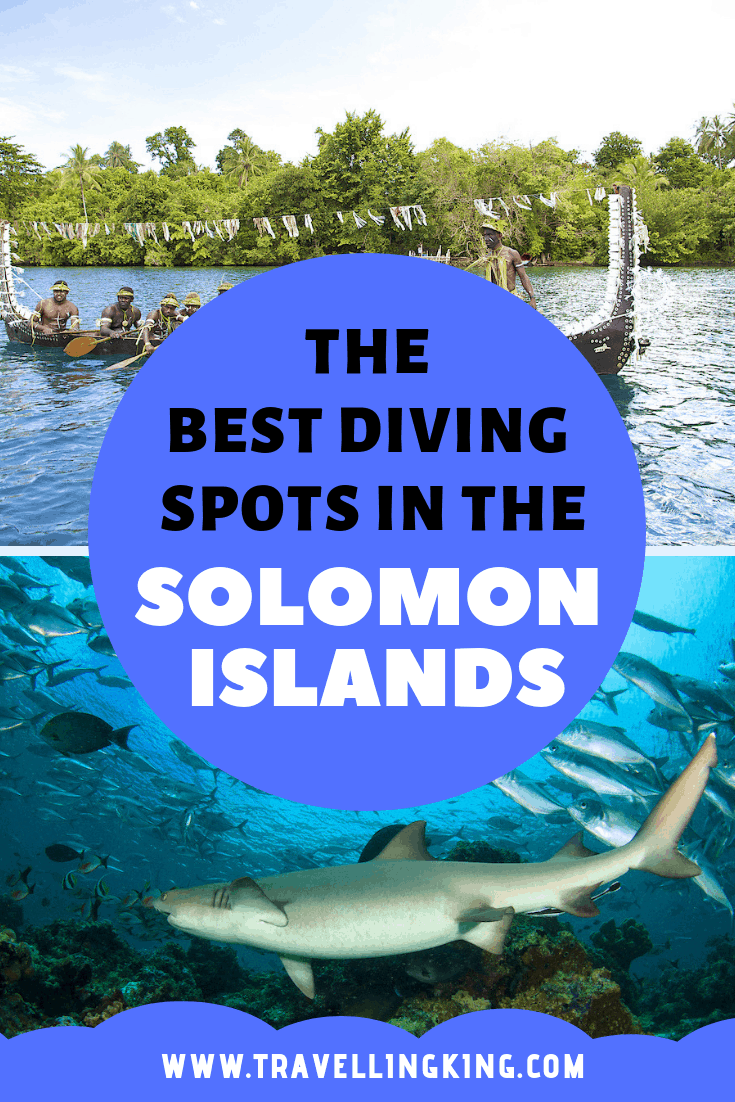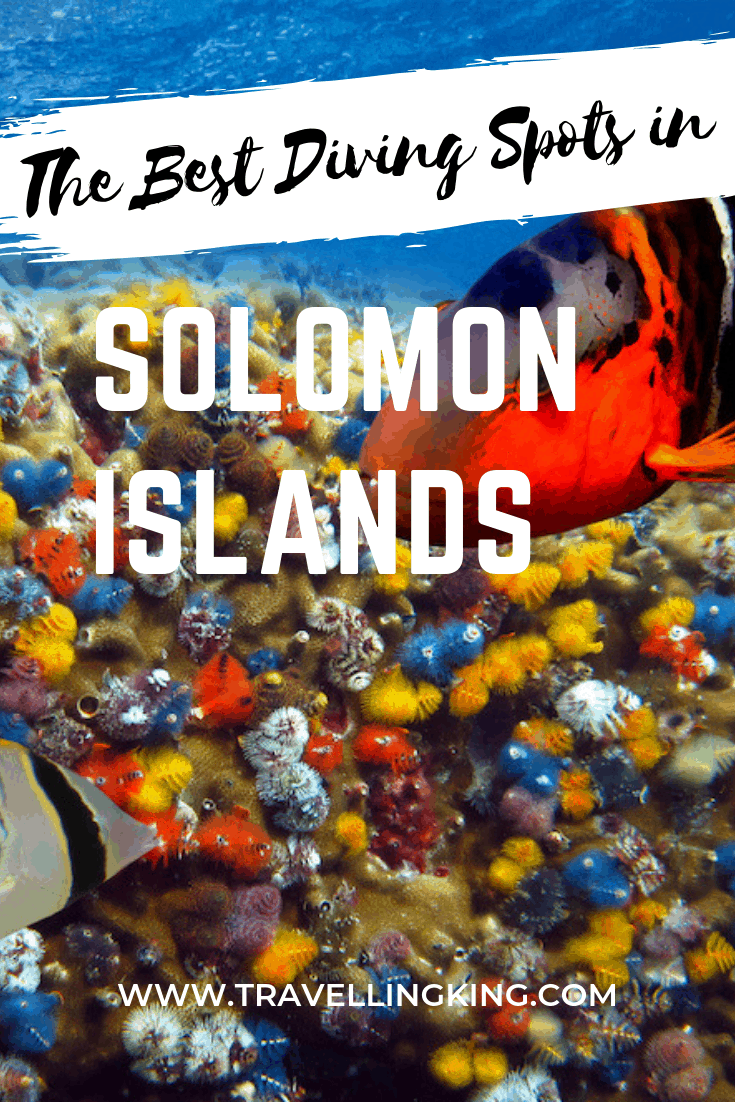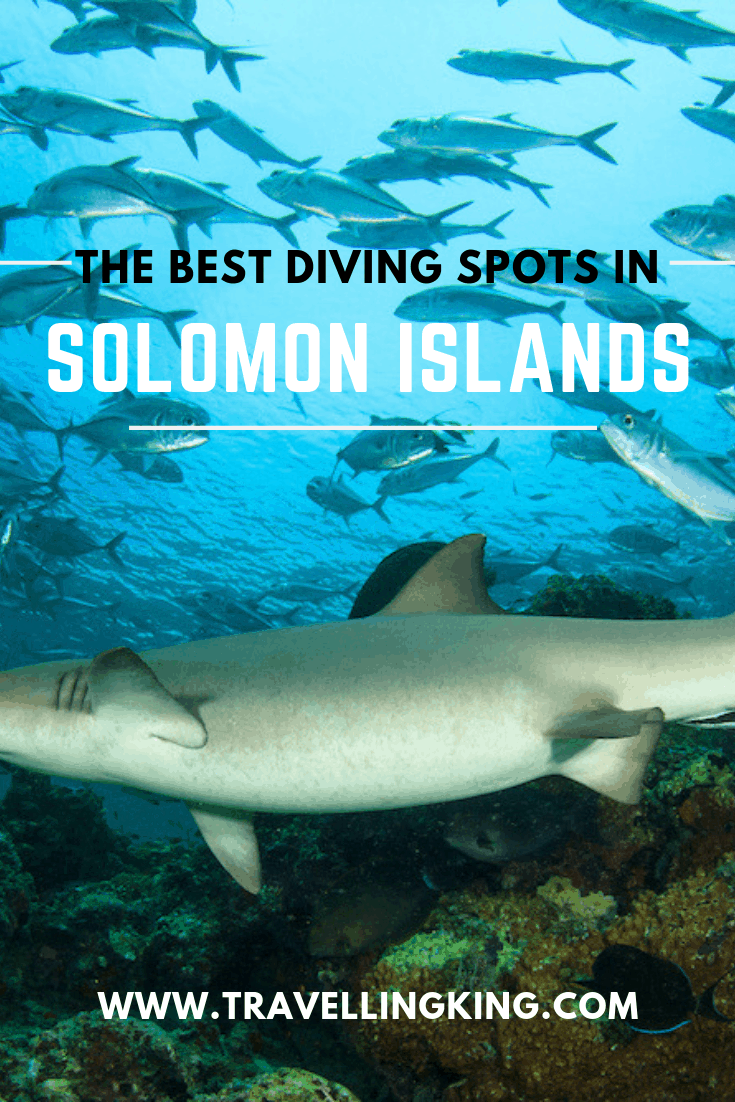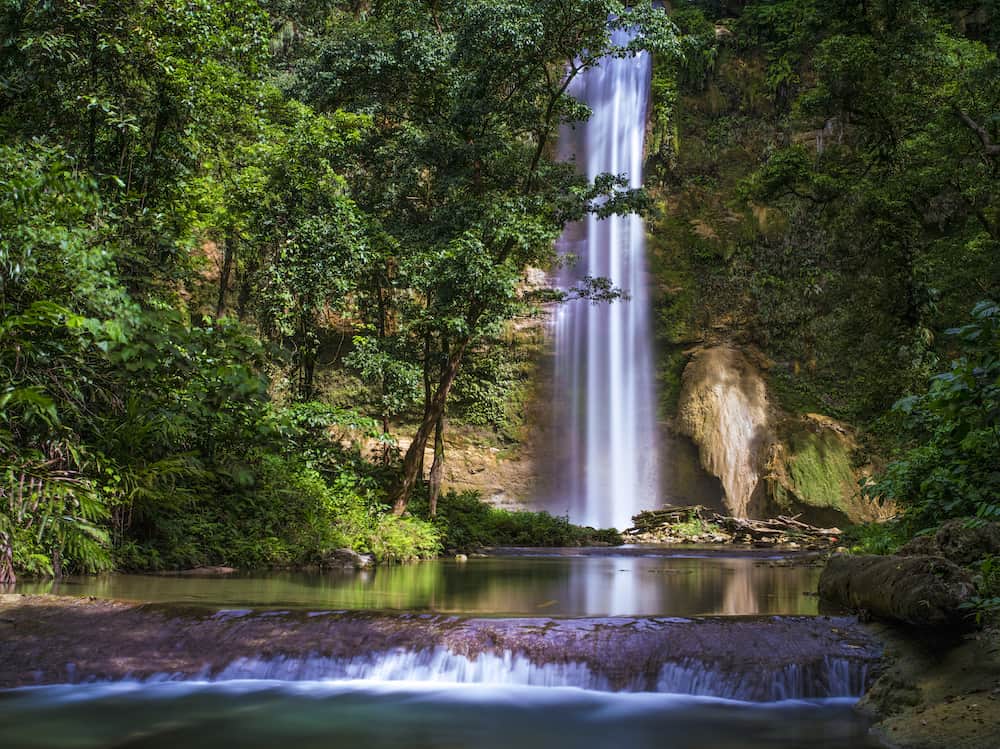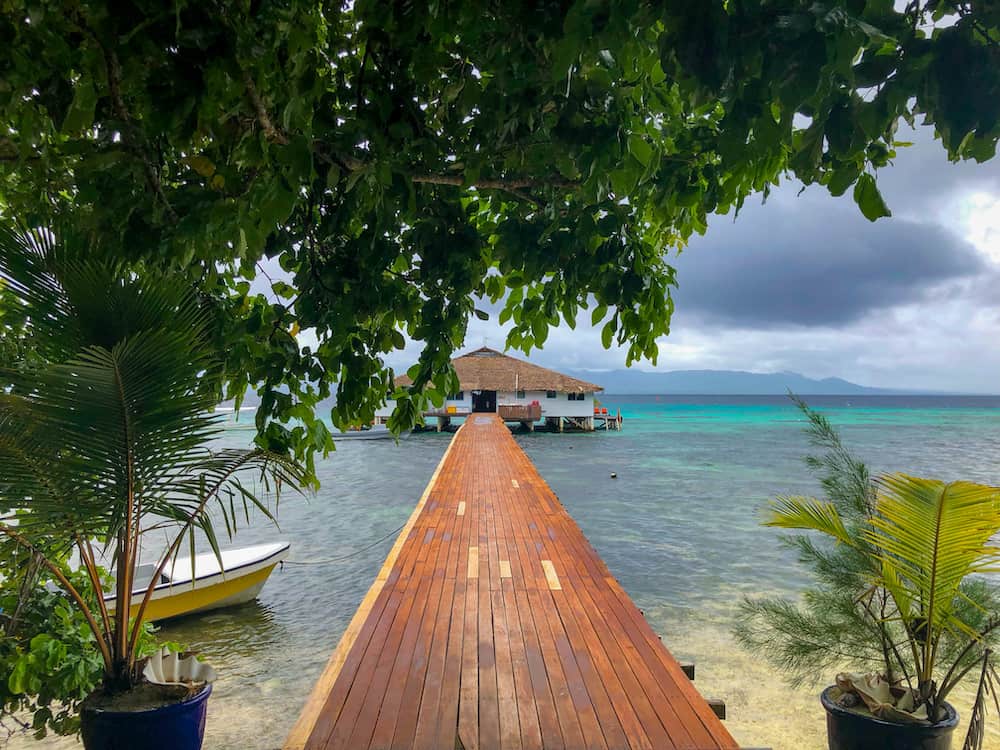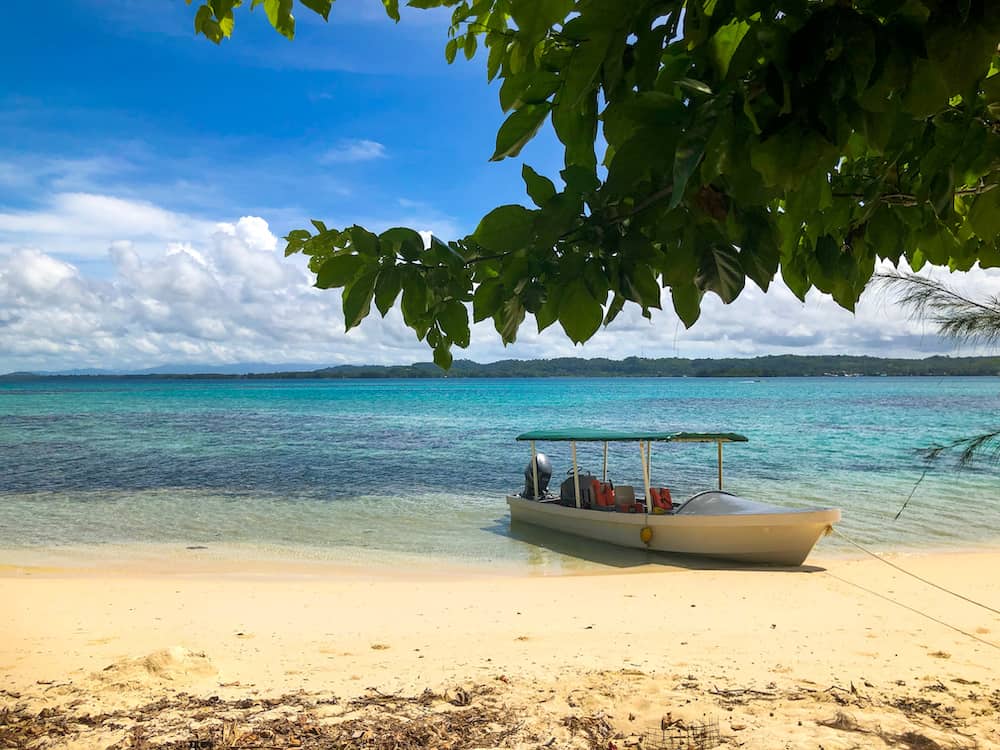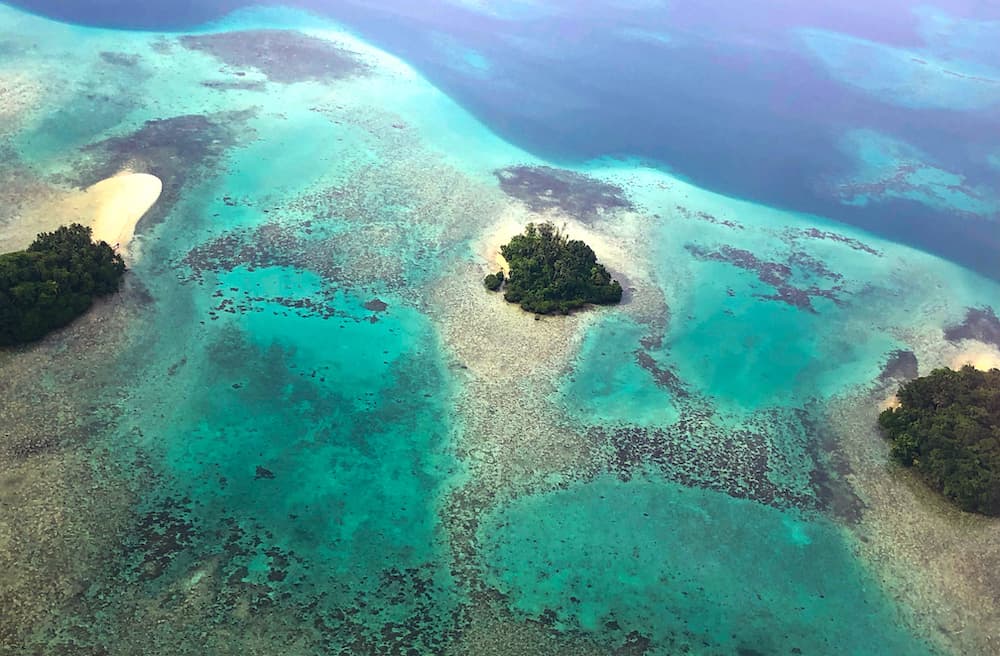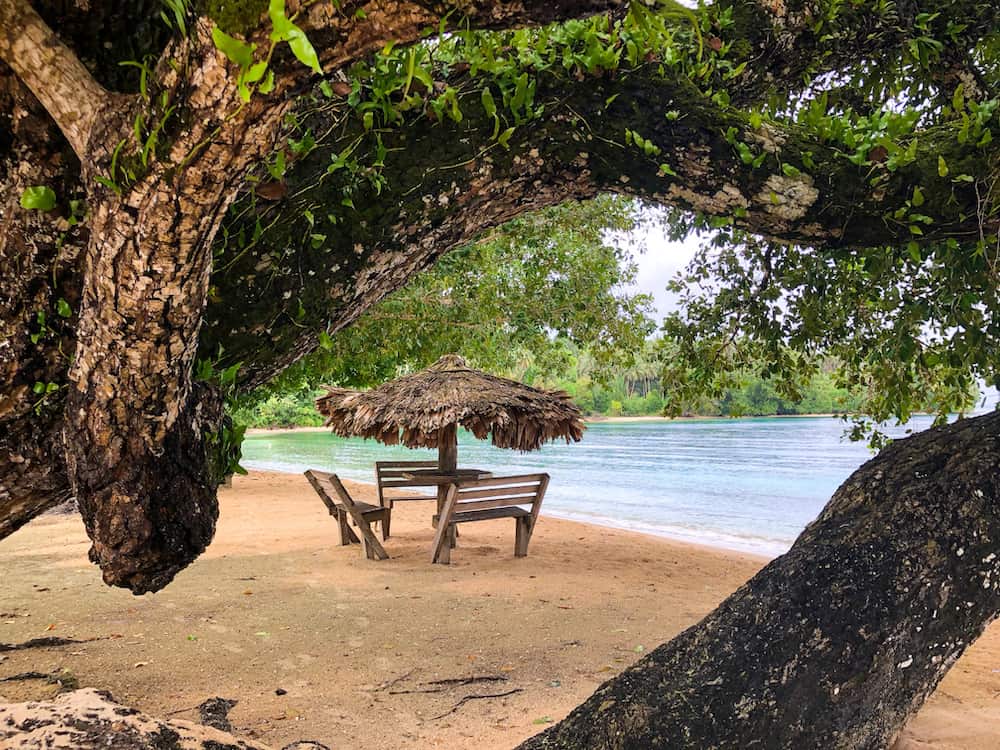The Best Diving Spots in the Solomon Islands
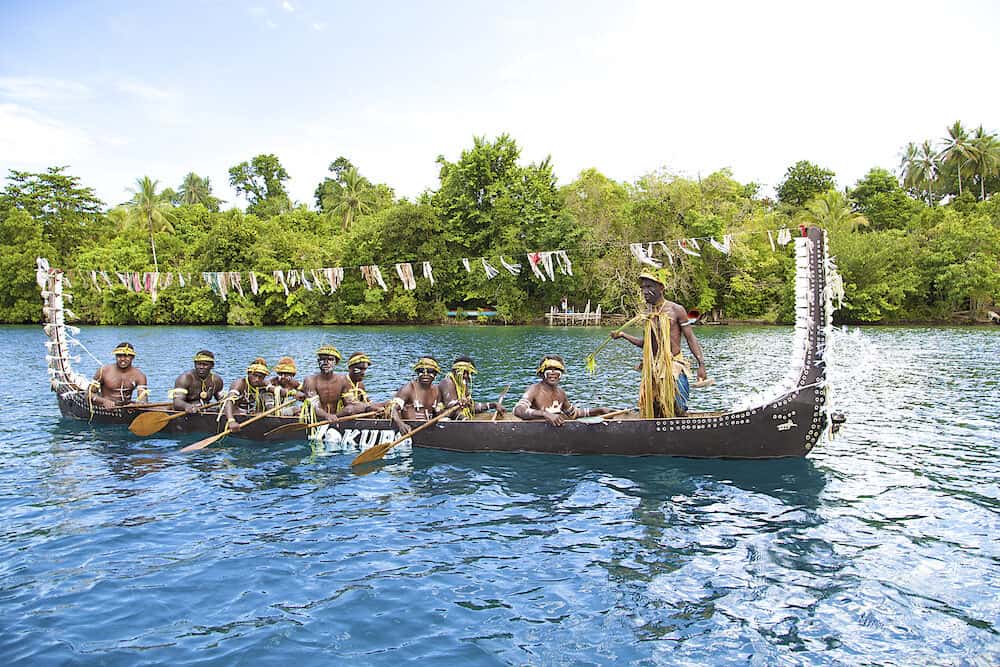
The Solomon Islands is a South Pacific archipelago of more than 1,000 islands and coral atolls. Though it is richly abundant in marine life, it is off the beaten track, is largely unheard of and not on many diver’s wish lists because of its far-flung location.
Here, you can enjoy unspoilt dive sites far from the crowds and experience changing underwater landscapes: from wall diving, muck diving, coral reefs to sunken planes and shipwrecks from World War Two.
The diverse array of marine species which inhabit the islands and nearby atolls include over 1000 species of fish, 5 turtle species, saltwater crocodiles and 17 species of marine mammals, which means you’ll definitely tick off a lot of things off your diving wishlist. There are even pelagic encounters with the great whale shark and even soaring manta rays if you’re lucky!
The main attractions for divers are the numerous dive sites dotted around Marovo Lagoon, Munda, Guadalcanal and Tulagi. The popular reefs can be accessed from the beaches, though a lot of the wrecks are deeper and need to be reached by boat.
The best option to explore the underwater landscapes and marine ecosystems of the Islands just beneath its pristine surface is by combining liveaboard diving with resort diving, so you can discover the best of both worlds, both off the shores and in the deep.
In our guide to the Best Diving Spots of the Solomon Islands, we’ll tell you about some of the greatest dive sites that will suit all kinds of divers from beginners to advanced, photographers to wreck divers.
Plan your trip
Save on fees abroad with the Wise Card—use it at ATMs, restaurants, and for flights or hotels in over 150 countries. Manage 40+ currencies in real-time with the Wise app.
Need Help Planning?
- Cheap Flights: Find the best deals.
- Accommodation: From hostels to luxury stays.
- Car Rental: Affordable options worldwide.
- Sightseeing Tours: Explore without breaking the bank.
- Travel Adapter: One adapter for all your needs.
- Travel Insurance: Don’t risk it—stay covered.
This post includes affiliate links. Read my full disclosure and content policy.
How to get to the Solomon Islands
The Solomon Islands is accessed by plane, due to its far-flung location in the South Pacific. The main island catering to the Solomons is Honiara’s Henderson International Airport, the gateway to your diving adventure. It caters to international flights from major Australian cities such as Brisbane and Sydney and also can be accessed via Fiji or Papua New Guinea and then taking an onward flight.
The Islands are ideal for scuba diving for Australians, being only a short three-hour flight away. For those travelling from the US or Europe, there are flights departing from major flight hubs such as Hong Kong and Singapore to the Solomon Islands.
There are only two main liveaboard companies offering diving expeditions and are ideal if you want to explore some of the most famous and inaccessible dive sites of the Islands, one is the budget liveaboard, the Solomons PNG Master which organizes expeditions to the Solomon Islands; the other is the MV Bilikiki.
PNG Master is comfortable and reasonably-priced liveaboard that caters to 20 divers in 12 cabins. The boat is fitted with a spacious dive deck, sun deck, lounge, camera area and dining area.
The MV Bilikiki is a larger and more spacious vessel catering to 20 divers and offers private showers and toilets with 10 deluxe cabins, 8 of them fitted with double beds, and two with single or twin beds.
The facilities on deck include a salon, dining area, library and communal lounge. There is also the possibility to do unlimited dives with up to five a day, however, you can also do more if you wish and what sets it apart is the visits to traditional local villages which will allow you to see what life was like on the Islands decades ago.
For dive resorts, if you prefer to be island based, you can stay at Uepi Island Resort in the Western Province, a highly rated site with beachfront bungalows on the edge of stunning reefs offering amazing diving, kayaking and also snorkelling. It is also an ideal resort to begin diving with the Open Water Diving course. Prices start from S$805 per night and include transfers and pickup from Henderson airport.
Another excellent option is the Minado Eco Lodge situated near Mbili Village situated on the edge of incredible reefs, the lodges are equipped with shared bathrooms and capacity of only four guests!
They organise local dives and snorkelers can accompany for free. Prices start from S$750 per night and transfers can be organised via the lodge to and from the airport at an additional cost.
Finally, if you want to base yourself in Gizo and experience a bit more luxury during your stay, check out Gizo Hotel which offers fantastic facilities including a swimming pool, laundry and dry cleaning services, babysitting services, shops, island entertainment and boat transfers to and from the hotel. Rooms start from S$980 per night. There is also a restaurant onsite serving up freshly caught local seafood.
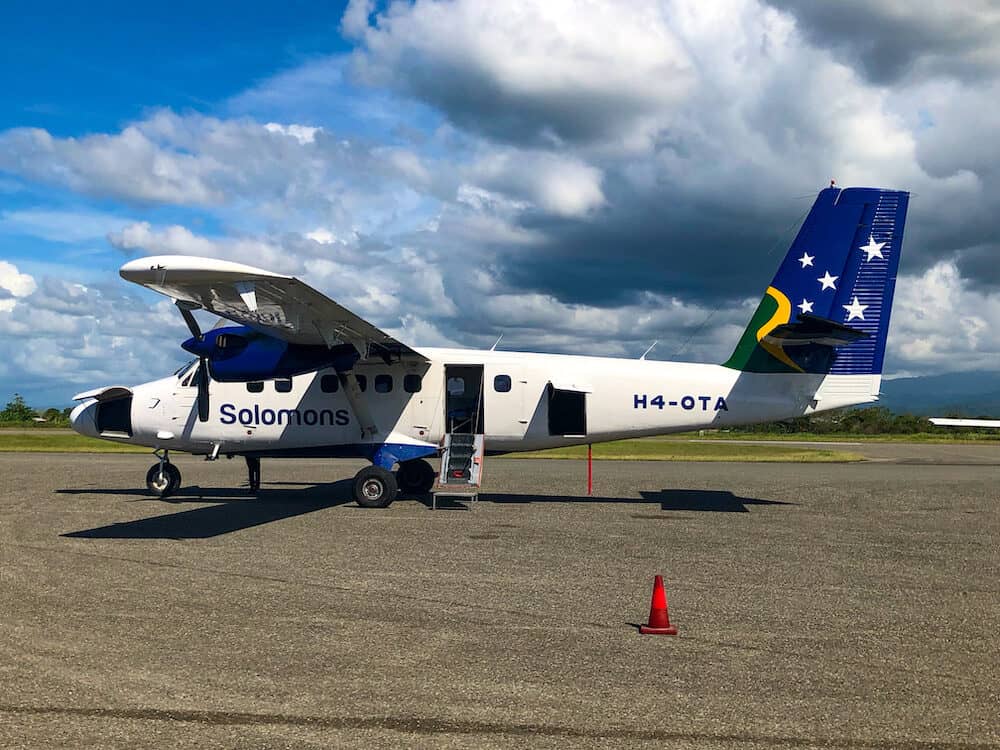
Best time to dive the Solomon Islands
The Solomon Islands offers phenomenal diving any time of year, with warm sea temperatures ranging from 27 to 31°C making it an ideal place to dive in only a rash vest or lightweight wet suit. Visibility is also excellent year round too!
The islands are subject to tropical weather conditions, therefore between June to September, sea conditions may be a little rougher and some dive sites may be inaccessible if it’s too choppy so it’s best to avoid this period.
During the months of November to lat January, the monsoon season strikes the islands and though this does not affect the quality of diving, it can make your stay a little less enjoyable. Whatever the weather or season, you will be sure to have an unforgettable experience underwater!
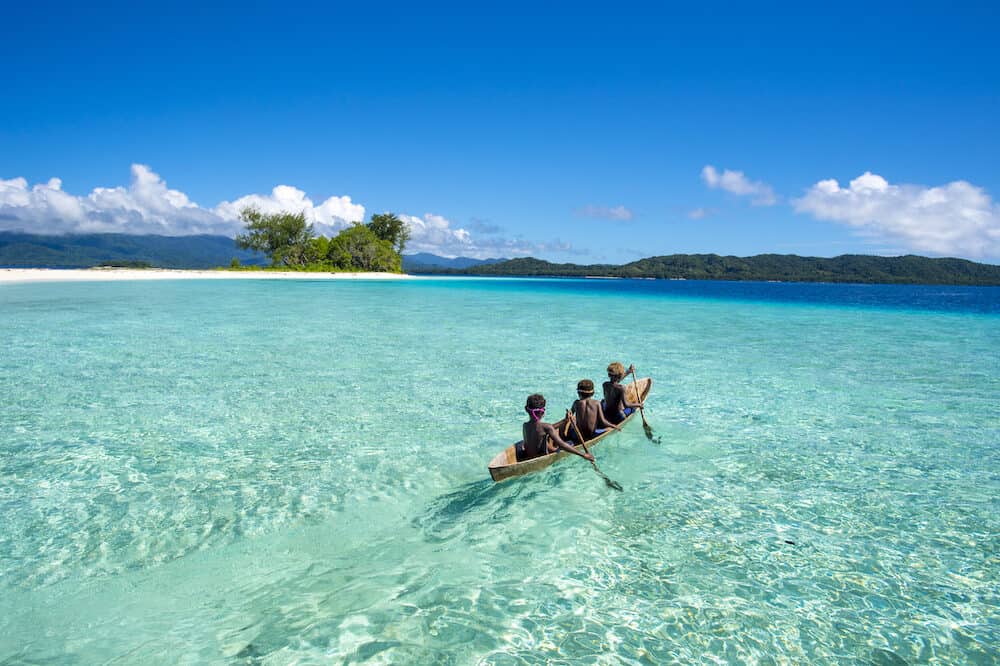
What can I see in the Solomon Islands
The Solomon islands has so much diversity you will be blown away by the sheer number of marine species you will encounter under the pristine tropical waters of the atolls.
There are plenty of small critters, with microscopic pygmy seahorses and colourful nudibranchs that will keep every macro photographer happy and many encounters with hawksbill and green turtles which are among the five species commonly seen around local sites such as reef sharks, mobula rays, pygmy mantas and even the greatest marine creatures such as the majestic manta ray and the impressive whale shark.
Aside from the board and diverse species of marine life seen around the Islands, the Solomon Islands is a paradise for history buffs and wreck divers, with a vast array of sunken relics and artifacts from World War II. Exploring in and around these wrecks will transport you to another era, a reminder of the Island’s turbulent past.
The wrecks have now become mini ecosystems, harbouring all kinds of macro critters and marine life, with schooling trevallies and tunas sweeping in an out of the rusted structures.
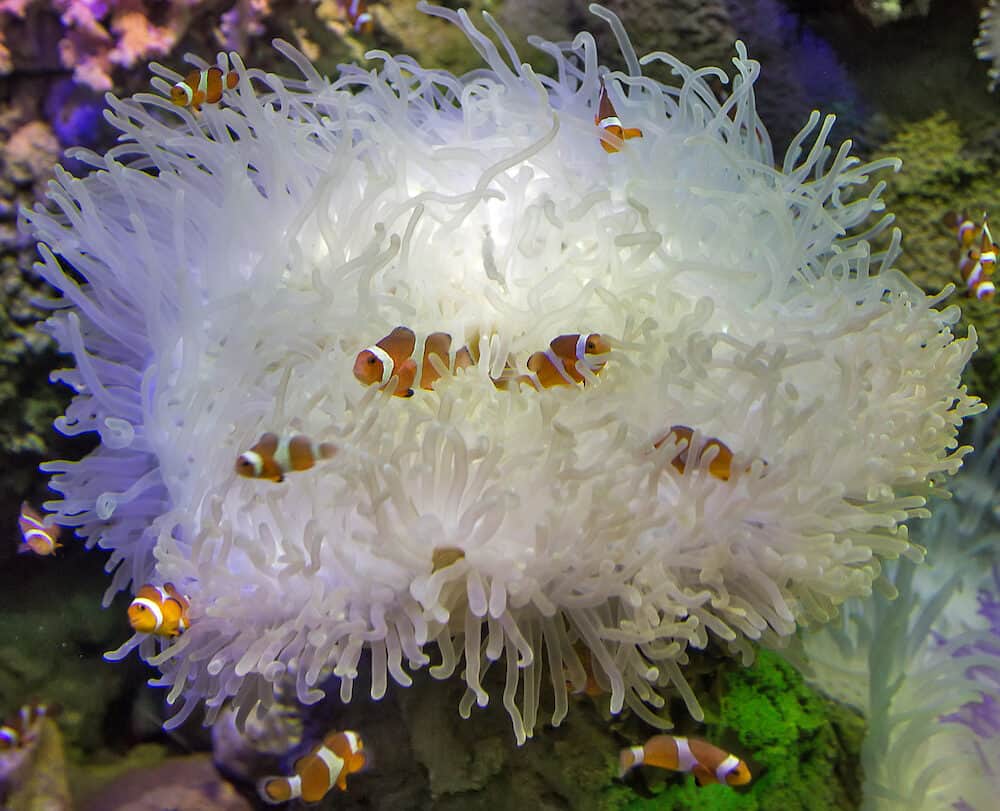
Best diving spots of the Solomon Islands
Kavachi Corner
This dive site is situated on Kicha Island, close to the famous dive site Marovo Lagoon and is an remarkable dive site being within a short distance of a highly active underwater volcano, one of the most active on the planet.
In fact, diving here you can feel your teeth rattle from the rumbles issuing from the volcano, these vibrations can even be felt as far as 50 miles away on Mane island!
The dive site is situated in open water and is frequented by species such as sharks, spawning trevally schools, mobula and manta rays. An ideal time to dive this site is during November, because it is inaccessible when weather conditions are too rough, this dive site is only accessible by liveaboard.
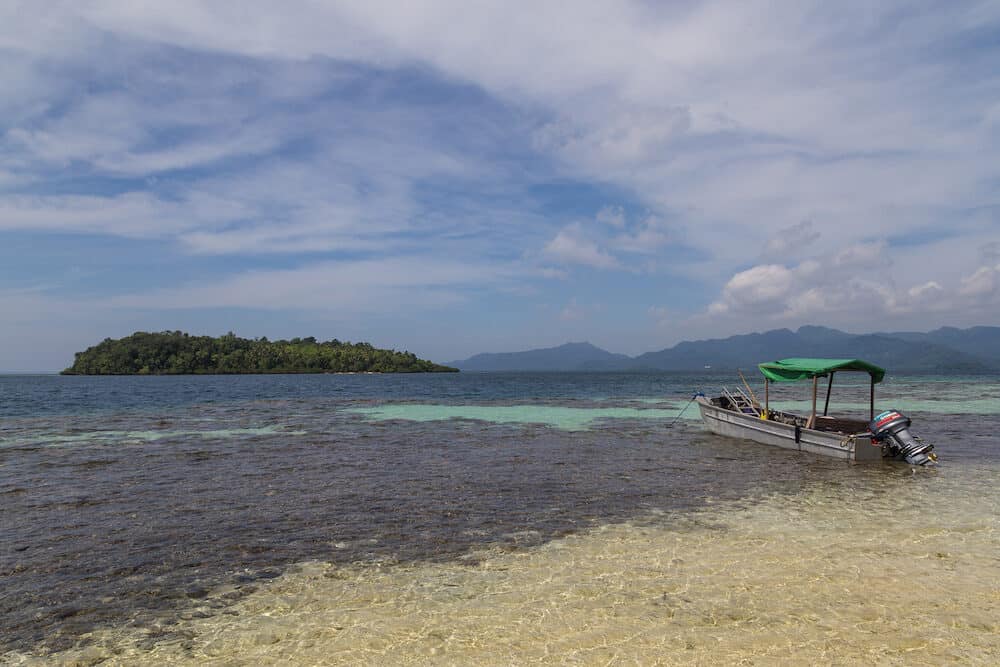
White Beach
Despite its misleading name, White Beach is really an island surrounded by mangroves without a white beach in site.
This site is a must for history lovers and offers up an array of artifacts from the Second World War including trucks, tanks, shipwrecks, bullets, airplanes and all kinds of war machinery from what was once an American Military base, discarded, abandoned and pushed into the sea when the troops abandoned the Solomon Islands after the war.
The sites offer a wealth of macro species and is a pure bliss for underwater photographers, including unusual and uncommon fish species such as the Archer fish is a sharpshooter which uses jets of water to hunt insects above water that are resting on nearby mangrove and tree branches. This site is part of the Russell Islands and is accessible by liveaboard.
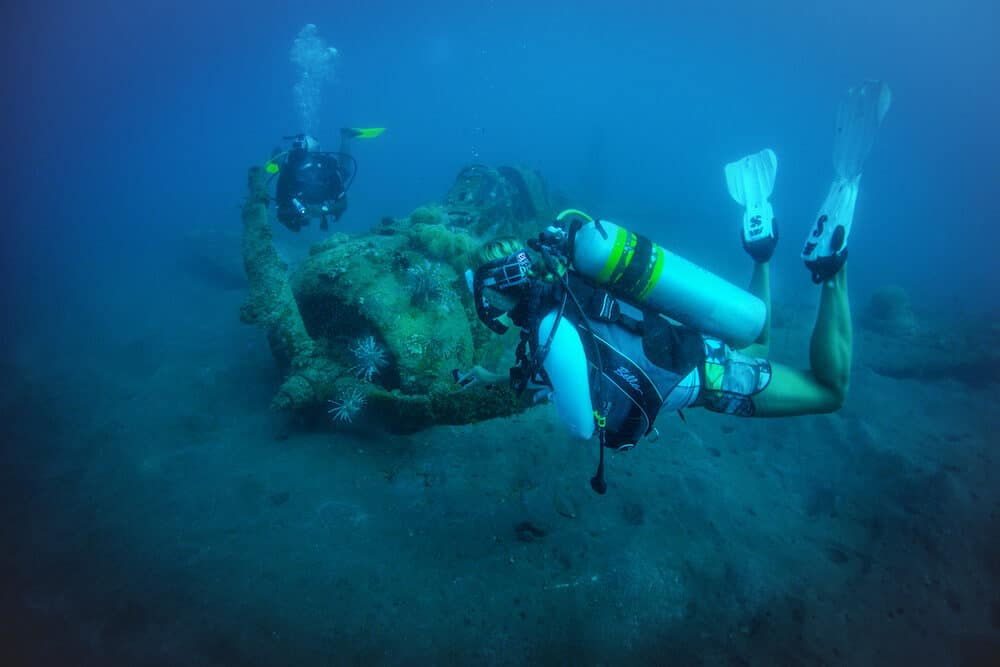
Leru Cut
This advanced dive site is an unmissable place for the more experienced divers who don’t suffer from claustrophobia. It is part of the cluster of islands that make up the Russell Islands.
You penetrate a shallow but long passageway that is just wide enough for a diver, it is actually an indent in the island, a “cut” where you can look up and see the hanging branches and vines of the looming tropical trees.
Looking up and observing the jungle canopy whilst fully equipped in scuba gear is highly surreal, it is listed as one of the finest and most emblematic dive sites in the Solomon Islands and has graced the cover of many a dive magazine.
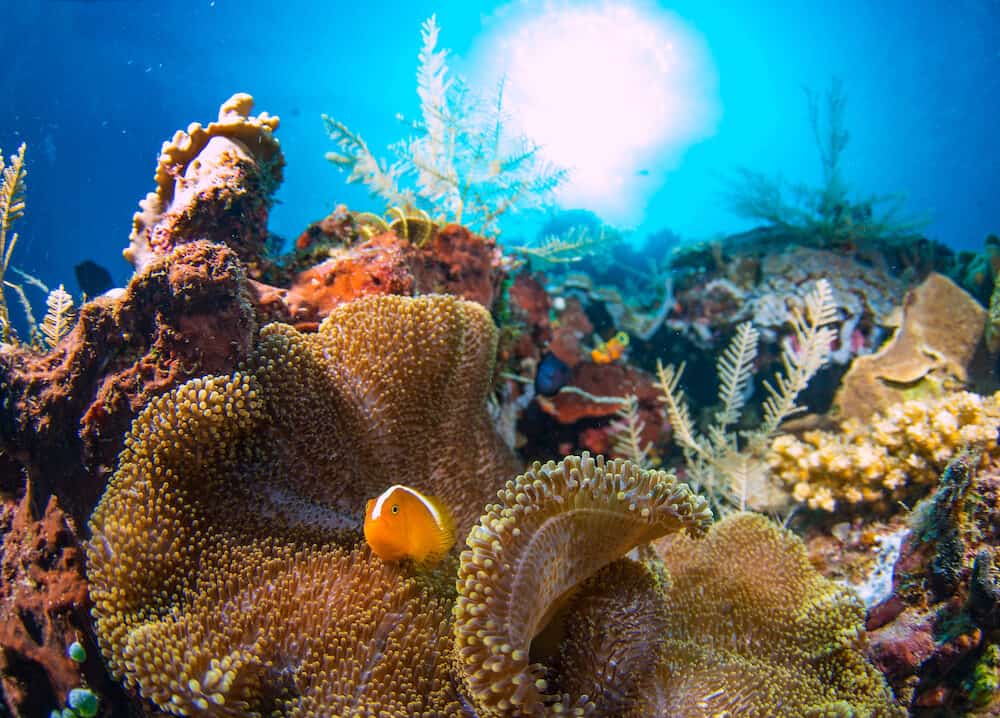
Mirror Pond
This stunning dive site is a cave which can be entered by diving beneath the reef through a swim through and surfacing in a crystalline pool under a canopy of lush tropical jungle.
The reef is inhabited by gorgeous bright tropical fish and with the excellent visibility you can see beyond the reef.
This is an excellent site for macro critter spotting and to find colourful nudibranches, small coral crabs and feather stars. The Russell Islands are accessed via Liveaboard.
The Bat Cave
This dive site is part of the Russell Islands and is just a short boat trip away from Mirror Pond. Surfacing within large cavern which will fit a large group of divers comfortably, you can look up and see fruit bats flying in and out of the cave.
Outside the cave on the walls you can find tiny pygmy seahorses camouflaged on the branches of the large sea fans. The dive site is often dived in the afternoon before sunset when the bats are more active and is accessed by liveaboard.
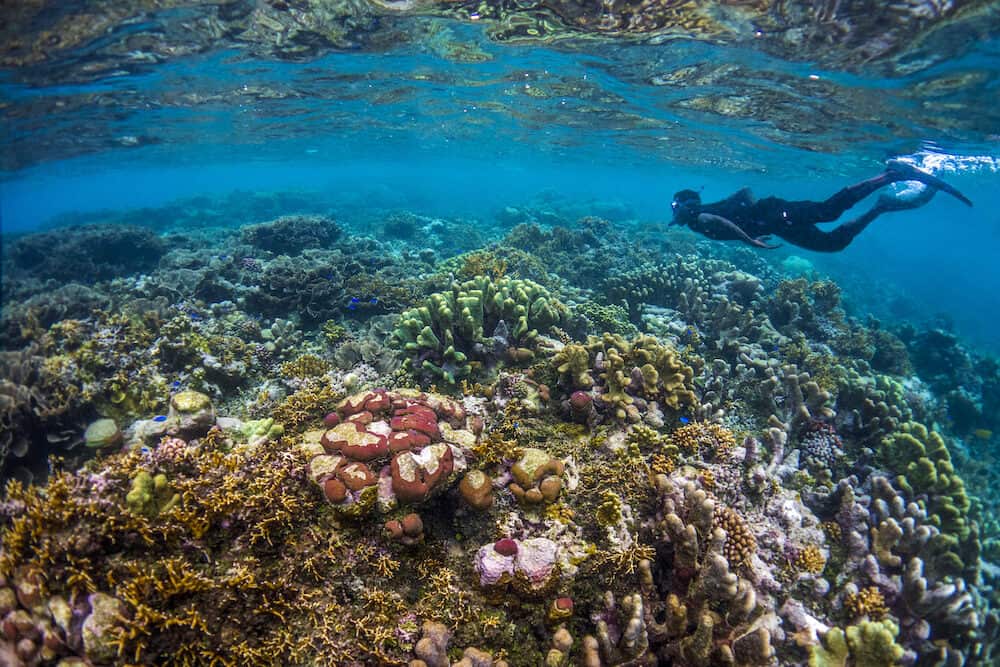
Mary Island
This island is known to locals as Mborokua, however it is commonly called Mary Island and is a stunning dive site where you can encounter schooling barracudas, trevallies and large jacks.
Big schools can be seen at Barracuda Point which is part of Mary Island and swimming within the circling schools of fish with the sunlight streaming down from above is an extraordinary and beautiful experience.
Aside from schools, you can encounter resident Bumphead Parrotfish and even blacktip or white tip reef sharks.
It’s also a fantastic site for night dives where you can discover squids, cuttlefish and rays hunting under the cover of darkness as well as smaller critters such as mantis shrimps and striking colourful nudibranches. Mary Island dive sites can be accessed by Liveaboard.
Maravagi
Maravagi is situated in the archipelago which make up the Florida Islands and is an incredible site for divers looking for close encounters with large pelagics.
The “Devil’s Highway” is an advanced dive site with fast currents which attracts feeding manta rays that soar and circle overhead as you hook onto the reef and watch them go by. Dive gloves are a must as you need to hold onto something to avoid getting swept away by the current!
Aside from the Devil’s Highway there is also the amazing Twin Tunnels site where you can dive through gigantic lava tubes and emerge in a cave at 36 metres, due to its depth it is a site which is recommended for experienced and advanced divers.
Here at Twin Tunnels you can find huge schools of swirling fish, batfish, rays and many macro critters such as delicate seahorses and hairy squat lobsters.
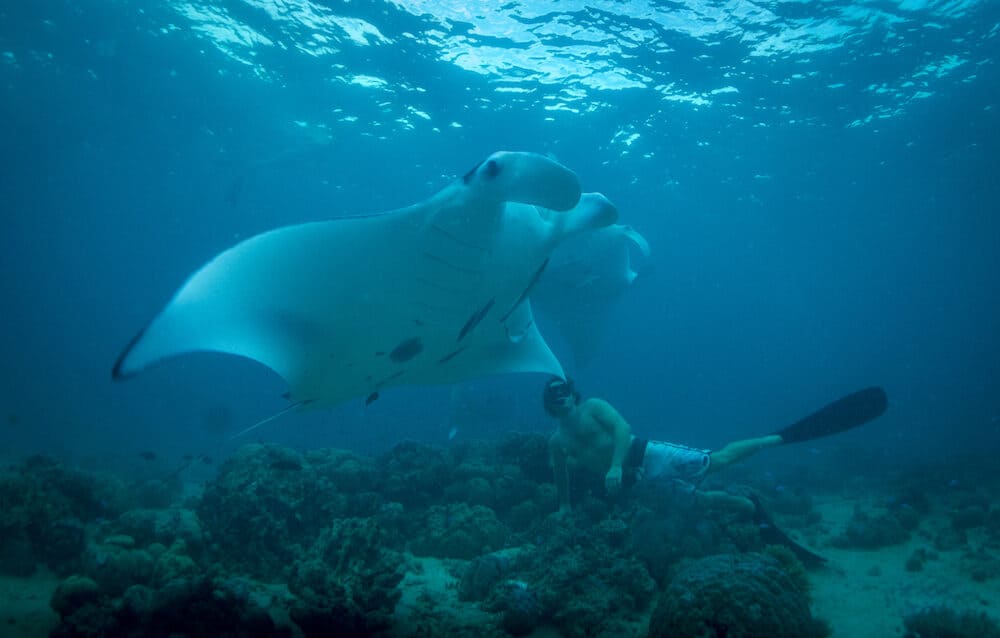
Bonegi Beach
For history lovers and wreck divers, the famous dives sites of Bonegi Beach offers superb wreck diving. At this site you can penetrate and explore two Japanese shipwrecks from World War Two lying in shallow waters. The wrecks can even be enjoyed by snorkelers as they are only a few metres under the surface.
Here, you can explore the astonishing species that inhabit the wrecks such as moray eels, rays, fish and abundant vibrant corals, there have even been sightings around the wrecks of different species of rays, some reef sharks and relaxed turtles cruising in and out of the large schools of jacks and trevallies that swarm around the wreck.
The dive site is also only a short distance from Honiara, only 20 minutes by car. The wrecks consist of Bonegi 1, Bonegi 2 and Bonegi 3 and have torpedo holes large enough to fit divers as well as various swim thorough which you can penetrate as well as large, spacious cargo holds littered with all kinds of vehicles and military artifacts. It also makes for a fantastic, if eerie, night dive.
The Cathedral
Situated near Marovo Lagoon on the northernmost tip of Mbulo Island is The Cathedral, an open cavern dive with wide passages, this is a relatively shallow site and there are also more narrow passageways for experienced cave divers.
A torch is required for this dive site though it is not required for the well-lit main passages which are lit up by sun beams that highlight the beauty of the cave, however, it will help you locate and spot the little critters hiding in the nooks and crannies of the cavern.
Outside there is a stunning gently sloping reef where you can enjoy the bursts of colourful reef fish that reside in the vibrant coral gardens.
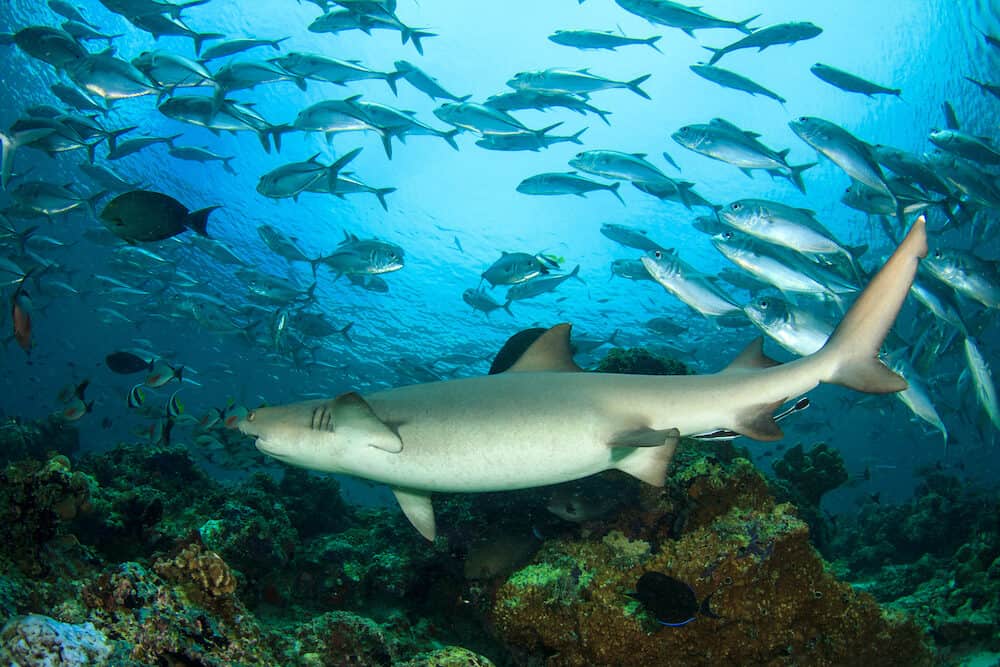
Wreck of the Ann
The wreck of the Ann is an incredibly photogenic site, a freighter which was sunk by locals to create an artificial reef.
Here, you can find ghost pipefish, colourful shrimps and crabs as well as plenty of lionfish that frequent this site. There are also many less commonly seen colourful nudibranch which make for fascinating photography subjects.
The sandy slopes nearby are also home to many camouflaged residents such as crocodile fish, eels and also the odd ray.
Diving around the wreck you will encounter friendly, smiling local children in their small watercraft that also make for great photography subjects.
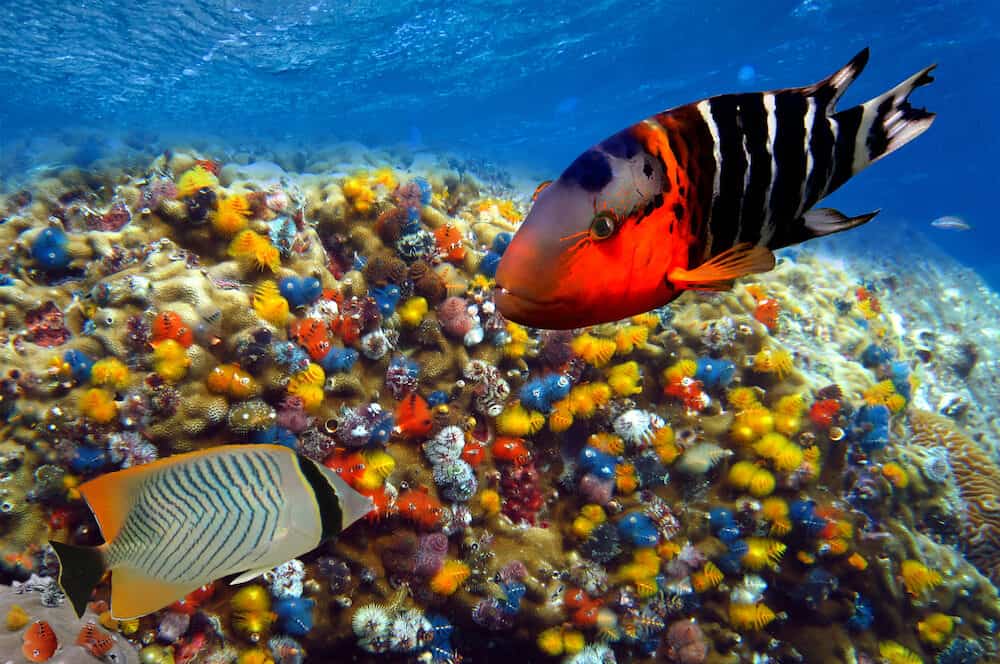
If you’d like to save it for later, please save it to Pinterest.
